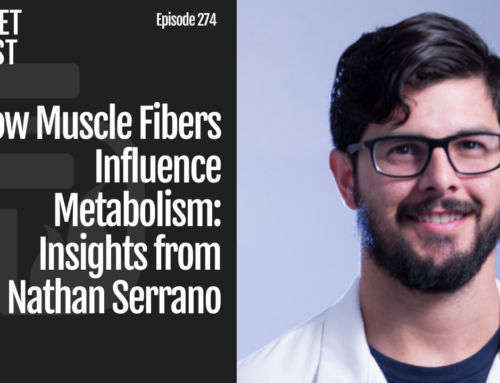This week, we’re talking about micronutrients you want to watch out for. I’m not a herbologist, I’m just looking at what we have for published research related to micronutrients that you may be getting too much of in specific circumstances.
The item for today is actually Vitamin A – and before you all freak out, I’m not telling you to never eat carrots. We are talking about a very specific form of Vitamin A here, specifically, something called a retinal form of Vitamin A. Enjoy!
Visit www.flexdiet.com. Finally, understand nutrition on a whole new level. The Flex Diet Certification only opens 4x a year. Get on the waitlist to get notified for the next class.
References:
- Penniston KL, Tanumihardjo SA. The acute and chronic toxic effects of vitamin A. Am J Clin Nutr. 2006;83(2):191-201.
- Hathcock JN, Hattan DG, Jenkins MY, McDonald JT, Sundaresan PR, Wilkening VL. Evaluation of vitamin A toxicity. The American journal of clinical nutrition. 1990;52(2):183-202.
- Bhattacharya S, Singh A. Phasing out of the Universal Mega Dose of Vitamin-A Prophylaxis to Avoid Toxicity. AIMS public health. 2017;4(1):38-46.
- Blaner WS, Li Y, Brun PJ, Yuen JJ, Lee SA, Clugston RD. Vitamin A Absorption, Storage and Mobilization. Sub-cellular biochemistry. 2016;81:95-125.
- de Oliveira MR. Vitamin A and Retinoids as Mitochondrial Toxicants. Oxid Med Cell Longev. 2015;2015:140267.
- Russell RM. The vitamin A spectrum: from deficiency to toxicity. The American journal of clinical nutrition. 2000;71(4):878-84.
- Senoo H, Imai K, Mezaki Y, Miura M, Morii M, Fujiwara M, et al. Accumulation of vitamin A in the hepatic stellate cell of arctic top predators. Anat Rec (Hoboken). 2012;295(10):1660-8.
- Ball MD, Furr HC, Olson JA. Acyl coenzyme A:retinol acyltransferase activity and the vitamin A content of polar bear (Ursus maritimus) liver. Comp Biochem Physiol B. 1986;84(4):513-7.
- O’Donnell J. Polar hysteria: an expression of hypervitaminosis A. Am J Ther. 2004;11(6):507-16.





Leave A Comment